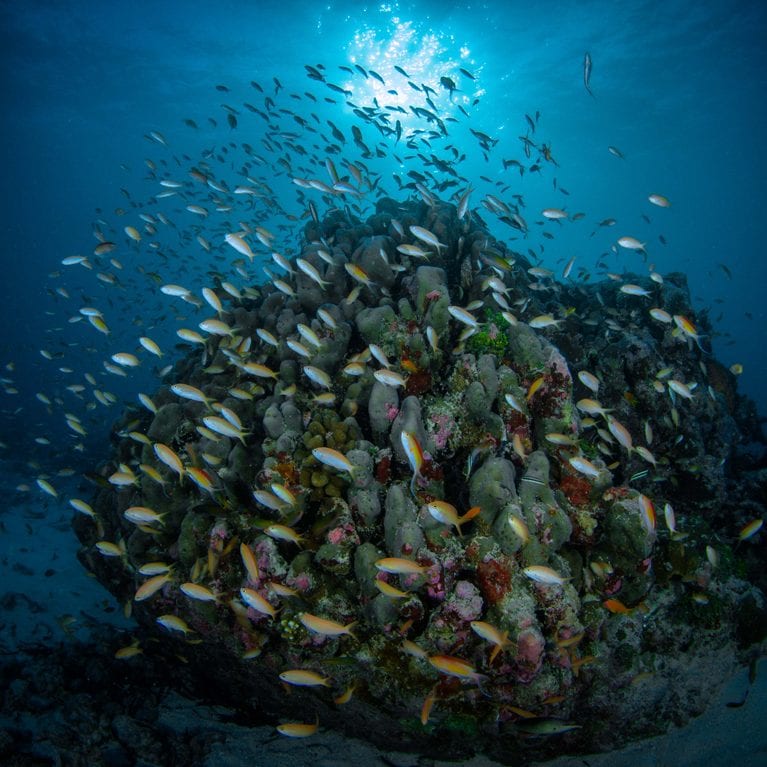Changing coral — assessing reef health
To develop long-term solutions for coral reef management, we have to understand the threats to coral reefs, such as rising sea temperatures. Elena will survey the reefs in D’Arros and St Joseph in the Seychelles, comparing this year’s findings to previous data.
Assessing the impacts of the 2016 global coral reef bleaching event at D’Arros Island and St Joseph Atoll, Republic of the Seychelles.
This project will aim to analyze, summarize and report on the physical and biological data associated with coral reef bleaching event at D’Arros and St. Joseph Island in 2016.
This project is unique because it will use long term (6 year) data on the marine environment and community to assess the impacts of the 2016 coral reef bleaching event at D’Arros and St. Joseph Island. It will result in a unique understanding of the severity and impact of the global coral bleaching event locally and regionally and contribute to the global understanding of how bleaching events impact marine communities.
The effects of the third global coral bleaching event reached the reefs of D’Arros and St. Joseph Atoll in 2016. Global mass coral bleaching began in earnest in 2015 and, driven by a strong El Niño, persisted throughout 2016 to become what is now the longest and most widespread bleaching event in recorded history. All three global coral bleaching events have occurred in the past twenty years due largely to changing trends in sea temperature heightened by strong El Niño weather patterns. While coral reefs can recover from bleaching events, they require time between events, or sustained normal sea temperatures, which has not occurred during the latest bleaching event. Coral reefs only make up a small proportion of ocean but support approximately 25% of all marine species and as such their health is critically important for the marine environment.
- Investigate the spatial and temporal scale of the coral reef bleaching event in 2016 and report on the status of the coral reefs at D’Arros and St. Joseph one year after the bleaching event.
- Analyze trends in coral reef recruitment between 2012 and 2017 and investigate the potential impact of the bleaching on coral recruits in 2016.
- Investigate the diversity, abundance and distribution of coral reef associated fish species before, during and after the bleaching event of 2016.

